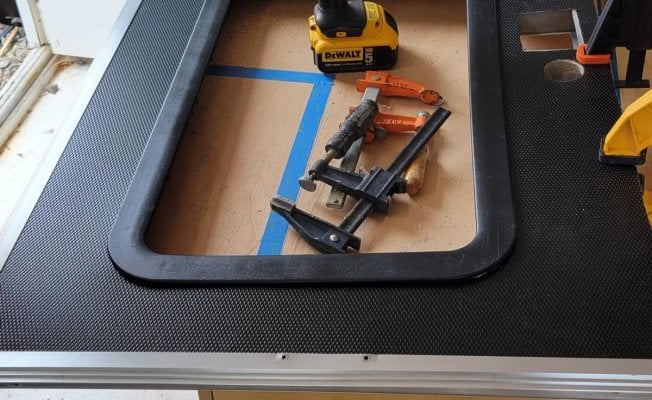Phil, if it were me, I would just screw them down. I know you don't want to make holes though.
Curious, does the canning need more than one roughly 12" square (between frame members) section of the roof to happen? If so, then screwing them down would stop it, no?
======================================================
Vic....you can not 'take up' the "slack' between the longitudinal frame members by screwing the top sheet to those frame members; and, stop the up and down movement between those frame members....another addendum....if I press down on one side of the longitudinal frame in the space with the "extra" loose top sheet it seems to
slightly reduce the movement of the opposite area of slack on the the other side of that frame member....my assumption is that the top sheet is not secured to the longitudinal frame member between the fan and the Yakima rail....
Honestly, if I thought screwing the top sheet to the "center" frame member [between fan and Yakima rack] rail would reduce the loose top sheet movement on either side of that frame stringer I would, but you can press down on the top sheet over that frame member and the canning still occurs.
You can see "waves" in the top sheet between the frame members. This loose "extra" top sheet runs from front of top to beyond the solar panel between the longitudinal stringers...
Phil
Yup on getting up to pee at O-dark thirty @ 80....and 16lbs is insignificant considering how much my Tundra is already over the GVW

My take is that if FWC had used a thicker top sheet [+16lbs?] oil canning would not be occurring..but I could be wrong


